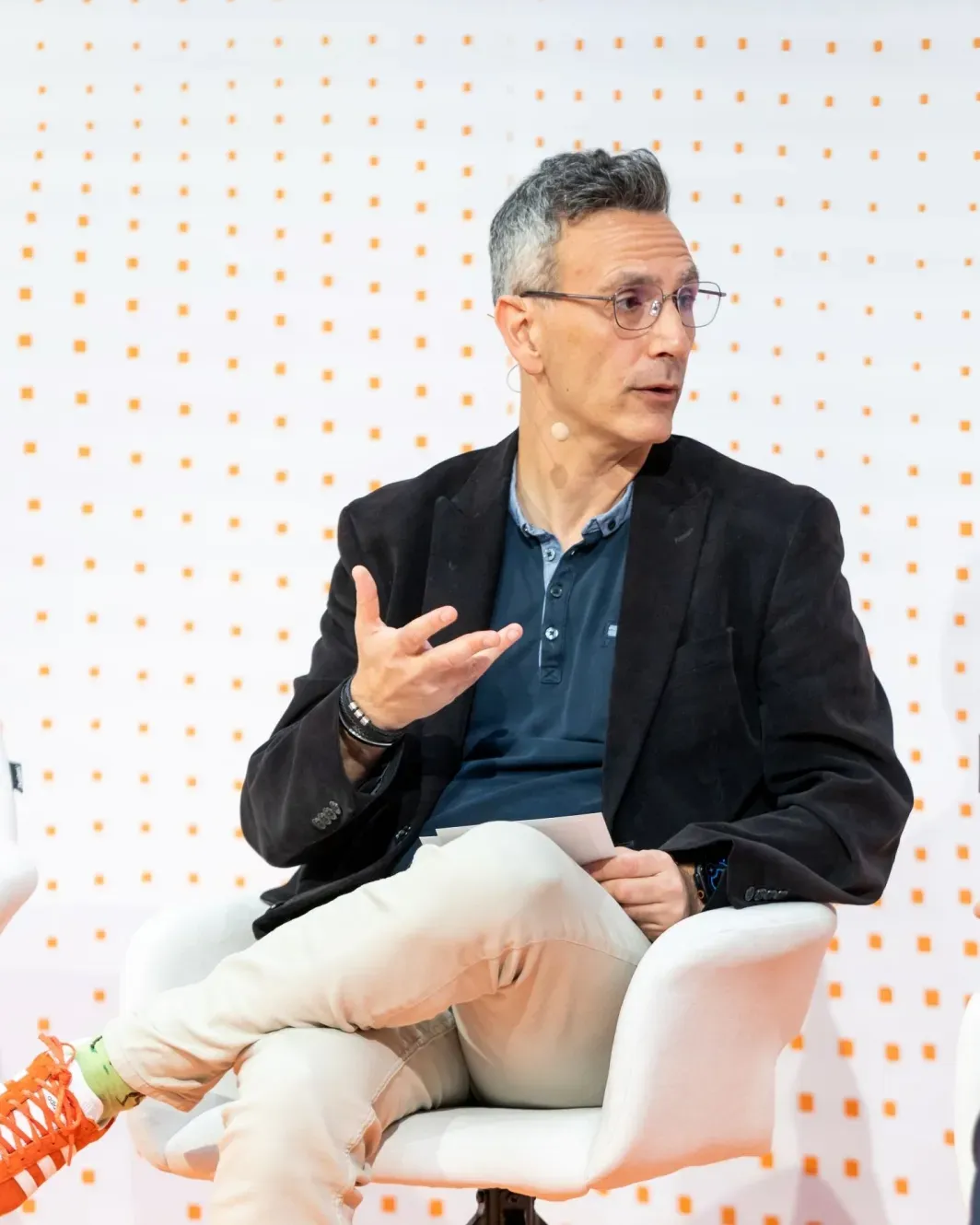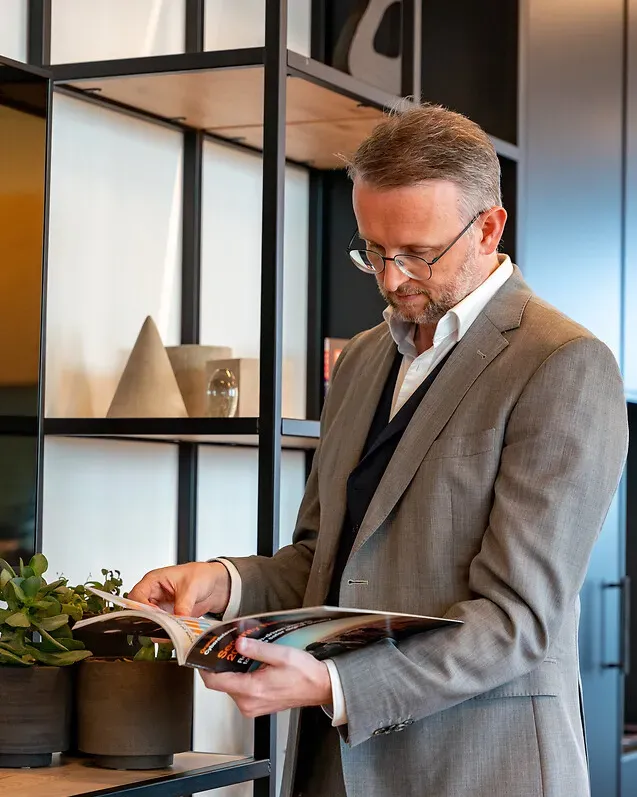Reducing our carbon footprint is an ambitious challenge that requires collective action. To meet it, we’re undertaking a major transformation of our activities and our broader ecosystem: redesigning our networks to make them more energy-efficient, deploying innovative solutions through our Green ITN program, and increasing the share of renewable energy in our mix. But we also know that we can’t do it alone. A significant portion of our emissions comes from our value chain. Our Partners to Net Zero Carbon program brings suppliers together in a shared effort. Because we know this to be true: our environmental transition will only succeed if suppliers, customers, and our entire ecosystem move forward with a common commitment. Collective action and interdependence are key to meeting this challenge.
Measuring our impact
Objective Net Zero Carbon by 2040









